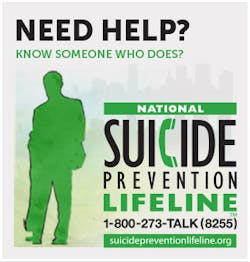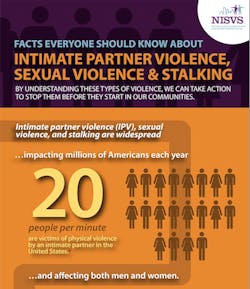The Centers for Disease Control and Prevention (CDC) has a new and improved VetoViolence website. The website offers interactive and engaging evidence- and practice-based tools, trainings, and resources to assist you in preventing violence before it occurs in your community.
The new website reminds us that “violence is a significant problem in the United States and around the world. It affects all of us, no matter how old we are, our race, our ethnicity, and regardless of where we work, live or play. Recognition of violence as a public health problem began in the U.S. in 1979. The field of violence prevention has and continues to evolve at a remarkable pace.(1)The development and implementation of many prevention programs and strategies across the country has been realized over the last 30 years. The interactive tools and trainings on the new website can help the public understand and better prevent violence. The CDC invites the public to explore all of them to help strengthen its prevention efforts.(1) The website contains information and resources for all types of violence (e.g., child maltreatment, intimate partner violence, sexual violence, suicide, youth violence). (1)
The website also describes the socio-ecological model to help its readers better understand how violence develops in society: “We use a four-level social-ecological model to help us understand violence and the potential benefits of prevention strategies. This model considers the intricate interaction between individual, relationship, community, and societal factors that influence the likelihood of violence. A prevention approach that addresses factors at multiple levels is more likely to reduce violence over time.” (2)
The CDC “created Principles of Prevention (POP) for everyone interested in learning about violence prevention, the burden violence places on our society, and effective prevention efforts.” (3) The CDC encourages partners and grantees to take advantage of training. The course is free, and gives continuing education credits. At the end of POP, one will be able to: Define violence; describe the burden of violence in the United States; distinguish primary prevention from secondary and tertiary prevention; identify the 4 levels of the Social Ecological Model; and describe the public health approach to violence prevention. (3)
In other CDC news, the CDC has updated the chronic disease indicators (CDI) and redesigned the CDI online database. The CDC describes the CDI as “a set of surveillance indicators developed by consensus among CDC, the Council of State and Territorial Epidemiologists (CSTE), and the National Association of Chronic Disease Directors (NACDD).” (4) The CDC expanded its key indicators and added the topic areas of disability, mental health, older adults, reproductive health, oral health, and school health.
The Chronic Disease Indicator Definitions are provided for: alcohol; arthritis; asthma; cancer; cardiovascular disease; chronic kidney disease; chronic obstructive pulmonary disease; diabetes; disability; immunization; mental health; nutrition, physical activity, and weight status; older adults; oral health; overarching conditions; reproductive health; and tobacco. Access to current, consistent data is crucial for implementing effective public health practices, programs, and policies.
Maria Perno Goldie, RDH, MS, is the editorial director of RDH eVillage FOCUS.
References
1. http://vetoviolence.cdc.gov/index.php/tools-training/
2. http://vetoviolence.cdc.gov/index.php/violence-prevention-basics-the-social-ecological-model/
3. http://vetoviolence.cdc.gov/apps/pop/prevention-main.html.
4. http://www.cdc.gov/cdi/










